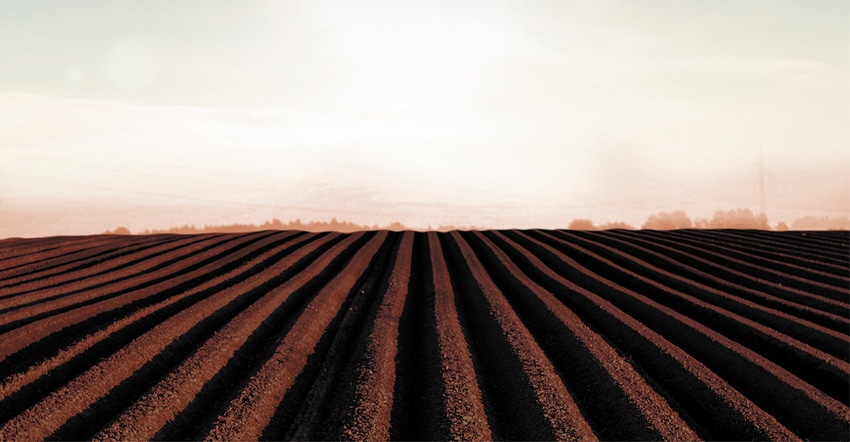November 1, 2022

Sponsored Content
Don’t Forget the “Forgotten” Nutrient
Magnesium (Mg) is key to photosynthesis, the very process that makes plant life possible. Without magnesium there would be no plants, thus no food.
So, it may be surprising that Mg has become known as the “forgotten nutrient.” As one of the essential 17 nutrients needed for plant growth, it works alongside other nutrients as a critical player for high-yield crop production.
MG helps plants to grow
As the central ion in the chlorophyll molecule, Mg works with phosphorus (P) to transfer energy within a plant, helping it to grow. In addition, Mg works with other nutrients to build high-quality protein. Seed formation also requires both Mg and P.
Soil tests are the best way to determine Mg availability
Crop and soil needs for Mg are science-based and require soil testing. When conducting your soil test, always check for Mg in addition to pH, P, and K levels. Remember, crop response to fertilizer containing Mg occurs most often on acidic, low CEC soils that are also low in organic matter.
If you want higher yields, you’ll need higher Mg levels
Higher yields require more nutrients to meet the increasing plant needs. For example, to raise a healthy, high-yielding cotton crop, your nutrient management plan will need to be precise, providing the right nutrients at the right rates and at the right time.
Be aware that increased rates of applied K fertilizers can result in a short-term Mg deficiency. That’s because Mg competes with K for exchange sites in the soil. You can apply soluble Mg to help prevent this from happening.
Magnesium can help increase crop yield and quality
Keep in mind that magnesium’s contributions to crop quality are rarely visible since Mg works behind the scenes, regulating enzyme systems, producing sugars, or helping with other vital crop activities. University specialists in the Southeast United States indicate that a shortage of Mg is most likely for high-yield crops growing on acidic, sandy soils of the Coastal Plains. Of course, magnesium’s contributions to yield and quality are both crop and site specific.
Consider a time-proven source of Mg
Crop advisers often address the need for Mg by incorporating potassium magnesium sulfate (K-Mag®) into a balanced fertilization program. Also known as langbeinite, K-Mag is sourced from ore beds deep beneath the Earth’s surface. Langbeinite’s solubility properties ensure the nutrients are nearly 100 percent water soluble, and the Mg, K and S it provides are immediately available to crops.
LEGAL: ©2022 The Mosaic Company. All rights reserved. K-Mag is a registered trademark of The Mosaic Company.
About the Author(s)
You May Also Like




